Why Do Cats Meow So Much? What Are the Reasons Behind Cats' Love for Meowing?
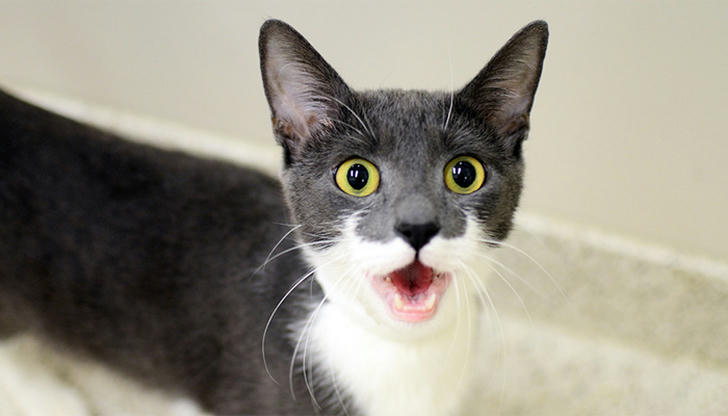
When cats softly meow, they may be conveying various messages to us. For those unfamiliar with the language of cats, these meows might all sound the same. However, behind each meow lies potentially different messages: physiological needs, emotional expressions, territory marking, seeking the owner's attention, and more. Let's delve into the world of cats and decode these mysterious meows!
Physiological Needs
The most direct reasons for a cat's vocalizations are typically related to their physiological needs. These needs may involve basic aspects such as hunger or thirst, and they can also extend to more complex situations, like the need to use the litter box or feelings of physical discomfort.
Hunger and Thirst: When a cat's food bowl or water dish is empty, their meows can vary in intensity and tone depending on the level of hunger or thirst. A persistently empty bowl may trigger more urgent and insistent vocalizations, whereas a cat with a slightly empty stomach might emit softer, intermittent meows as a gentle reminder.

Need to Use the Litter Box: Cats are inherently clean animals, and they prefer a tidy environment for eliminating waste. If their litter box isn't clean or accessible, they may vocalize their discomfort to prompt their owner to take action. These vocalizations can range from soft whines to more urgent meows, conveying their need for a suitable place to relieve themselves.
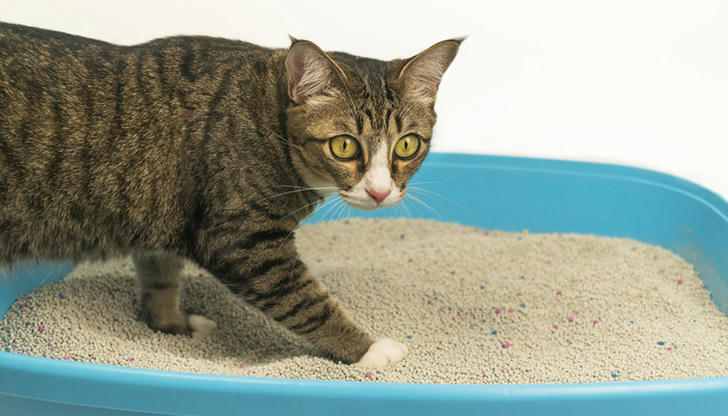
Physical Discomfort: Cats are masters at masking signs of pain or discomfort, but vocalizations can sometimes betray their discomfort. When experiencing physical pain or discomfort, such as from an injury or illness, cats may emit cries that are more plaintive or even pained. These meows often accompany other observable signs of distress, such as limping, lethargy, or changes in grooming habits.
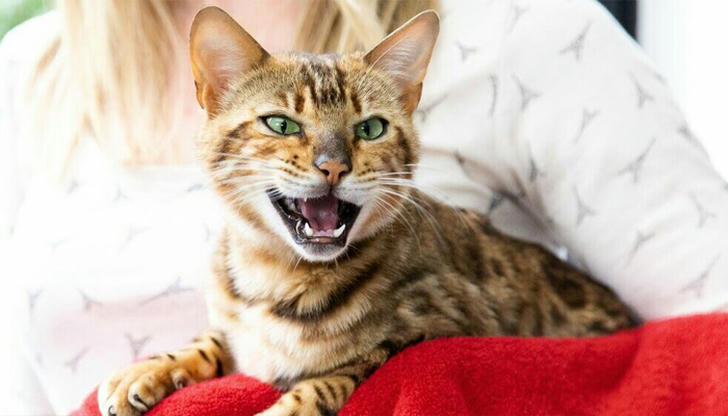
Emotional Expressions
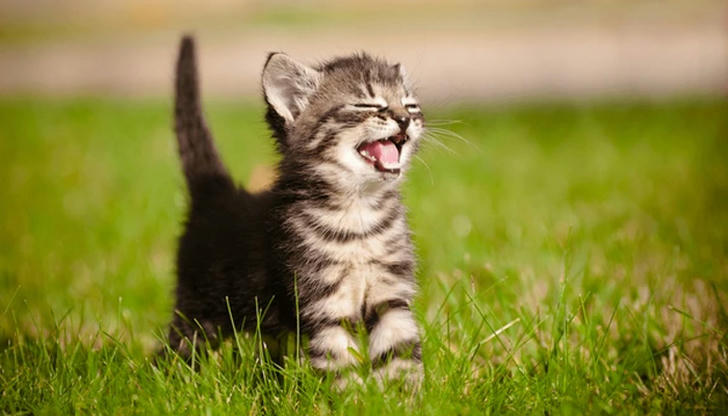
Cats are emotionally complex creatures, capable of expressing a wide range of emotions through their vocalizations: joy, anger, loneliness, and longing.
Joy and Excitement: When cats are delighted or stimulated, their meows may become more frequent and playful. You might notice a rhythmic purring sound accompanying their meows, indicating contentment and happiness. Sometimes, they might even incorporate chirps or trills into their vocalizations, showing their excitement at the sight of something they love, whether it's their favorite human, a new toy, or a tasty treat.
Anger and Discontent: Cats have a variety of vocalizations to express displeasure or frustration. If they feel threatened or annoyed, they may emit low, guttural growls or hisses as a warning signal. These vocalizations serve as a clear indication that they are unhappy with their current situation and may need space or time to calm down. Additionally, their body language, such as flattened ears or an arched back, can further communicate their feelings of anger or discomfort.
Loneliness and Yearning: Despite their independent nature, cats crave companionship and social interaction. When they feel lonely or neglected, their meows may take on a more plaintive tone, sounding almost like a mournful cry for attention. They may seek out their favorite human or cuddle up to other pets in the household, hoping for companionship and reassurance. Providing them with affection and playing time can help alleviate their feelings of loneliness and strengthen the bond between you and your feline friend.
Territory Marking
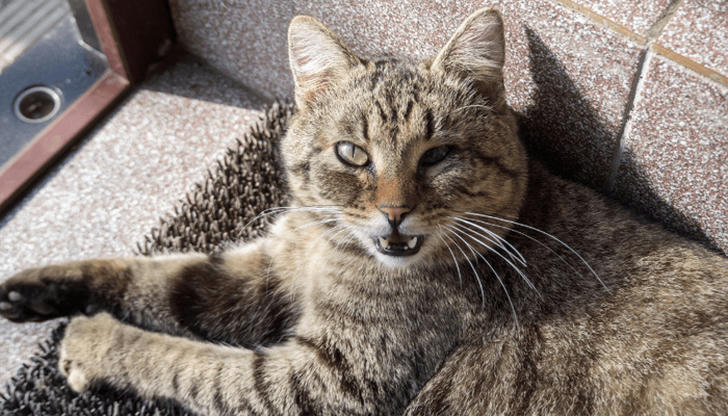
Cats have a sense of territory and use meows to mark their territory and assert dominance. This type of meow is usually loud and persistent, with a sense of dignity and warning. When other cats or animals invade their territory, they may emit more intense meows to drive away intruders.
Seeking Attention
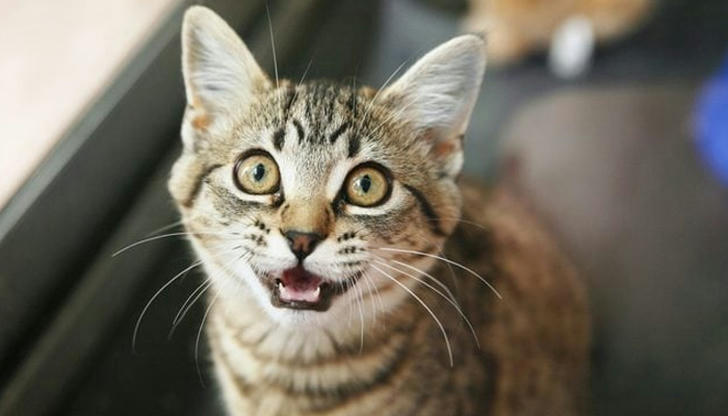
Cats are intelligent animals and know how to attract human attention through meows. When they want to play, be petted, or seek other forms of interaction, they may emit soft meows to get your attention. This type of meow is usually brief and gentle, with a tone of pleading and anticipation.
But there are some special circumstances that owners need to pay extra attention to.
Heat Period
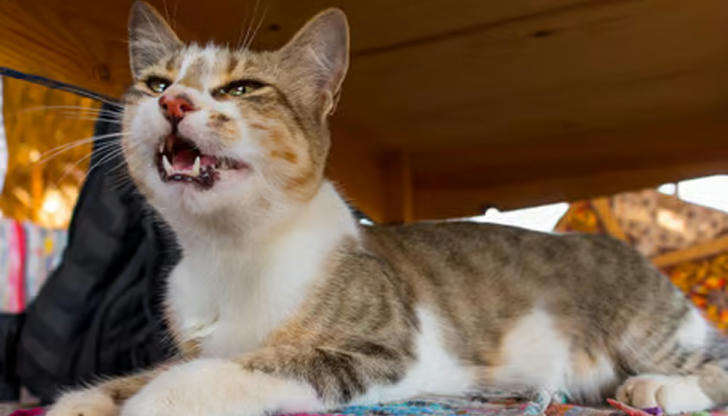
Cats in heat may emit particularly loud and sustained meows to attract the attention of opposite-sex mates. This type of meow is usually sharp and piercing, often accompanied by other abnormal behaviors such as frequent wandering and rolling on the ground.
Cognitive Dysfunction in Senior Cats
As cats age, they may experience cognitive dysfunction, such as memory loss and disorientation. Cats in this condition may emit confused or puzzled meows, requiring more attention and care from their owners.
Environmental Changes
When a cat's living environment changes, such as moving to a new home or rearranging furniture, they may feel unsettled and anxious. Cats in this situation may express dissatisfaction and seek comfort through meows.
Don't punish your cat for meowing. Punishing a cat's meowing is neither friendly nor effective. It's always best to find the root cause of the problem and understand what your cat wants at that moment. Think about it, they go to great lengths to communicate with us through meows. They just hope you understand them. If you get impatient because of their meowing, shout at your cat, or even hit it, your cat will definitely be very sad and in a lot of pain.
I hope this text can help you better understand the language and behavior habits of cats, build a stronger emotional bond with them, and enjoy the wonderful time spent together.
